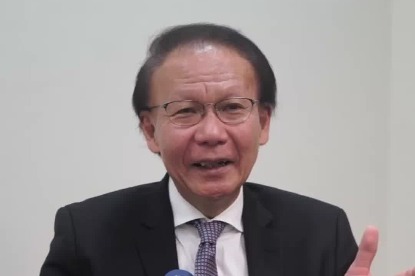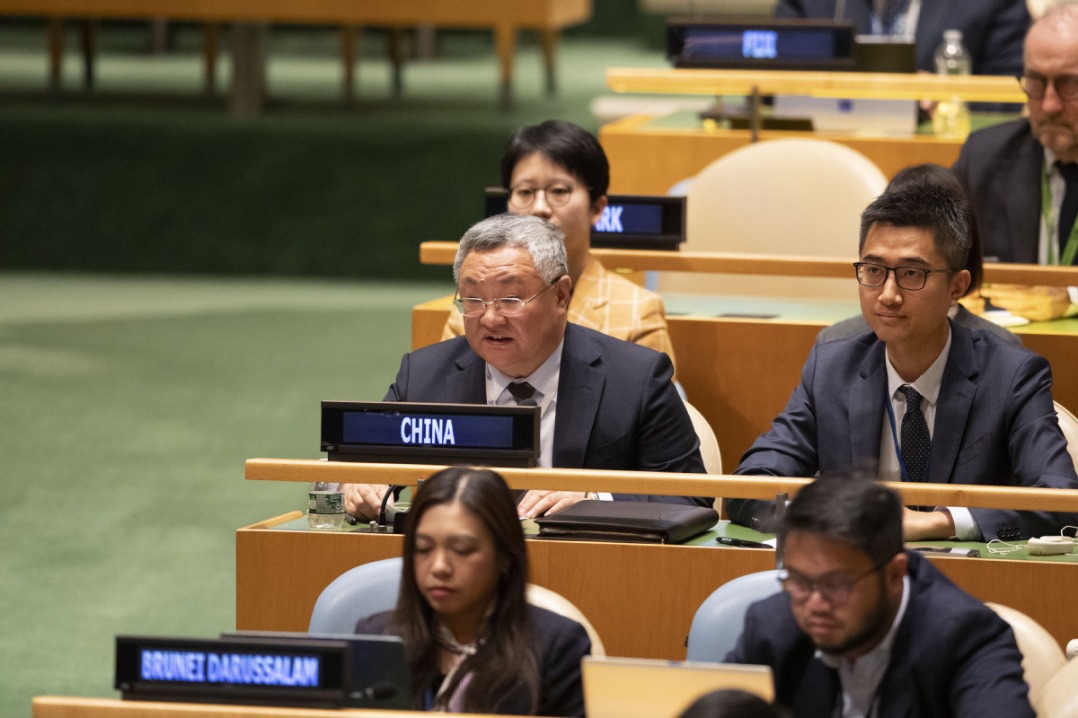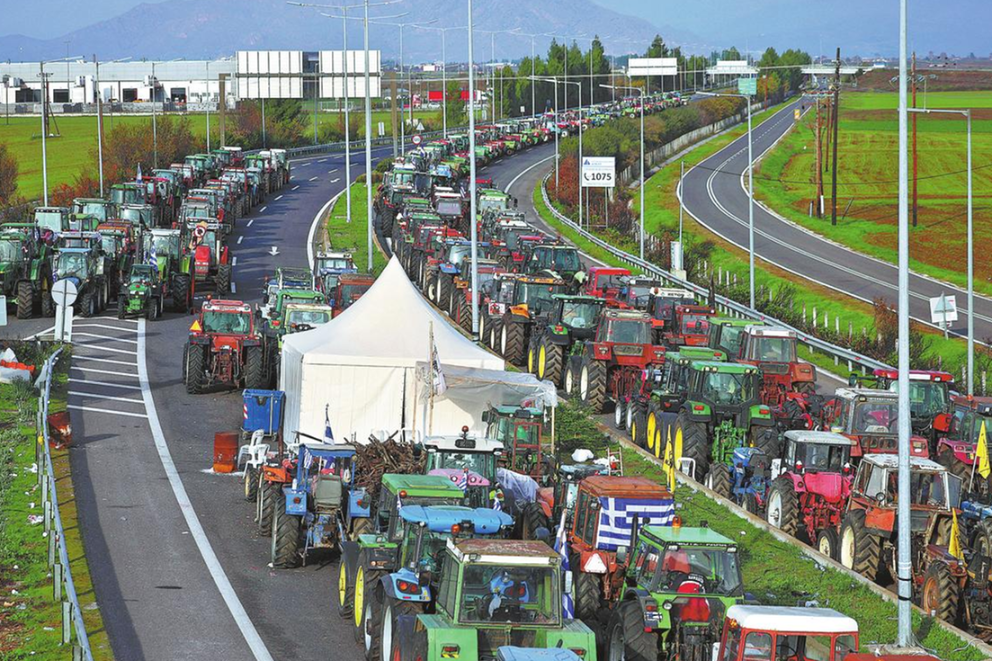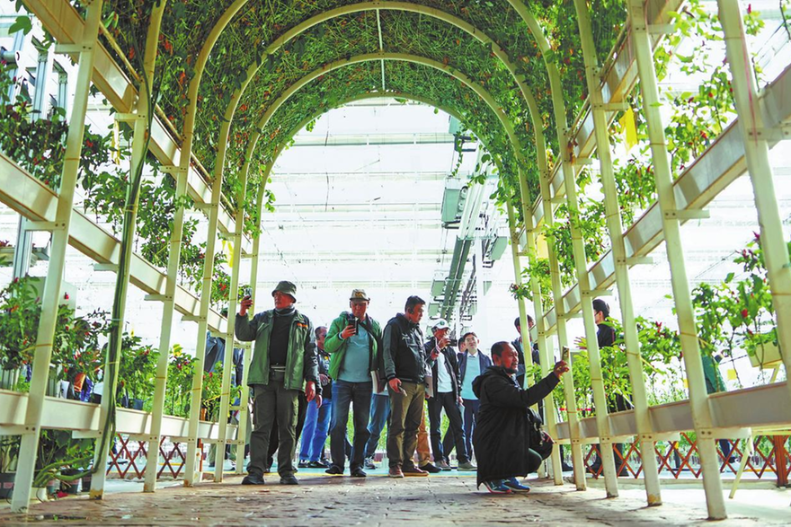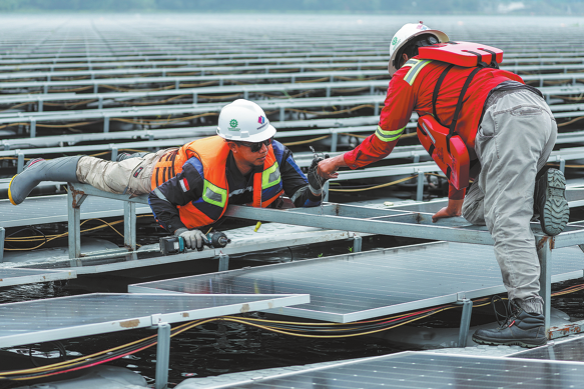China can help usher in 'spring of hope' for all

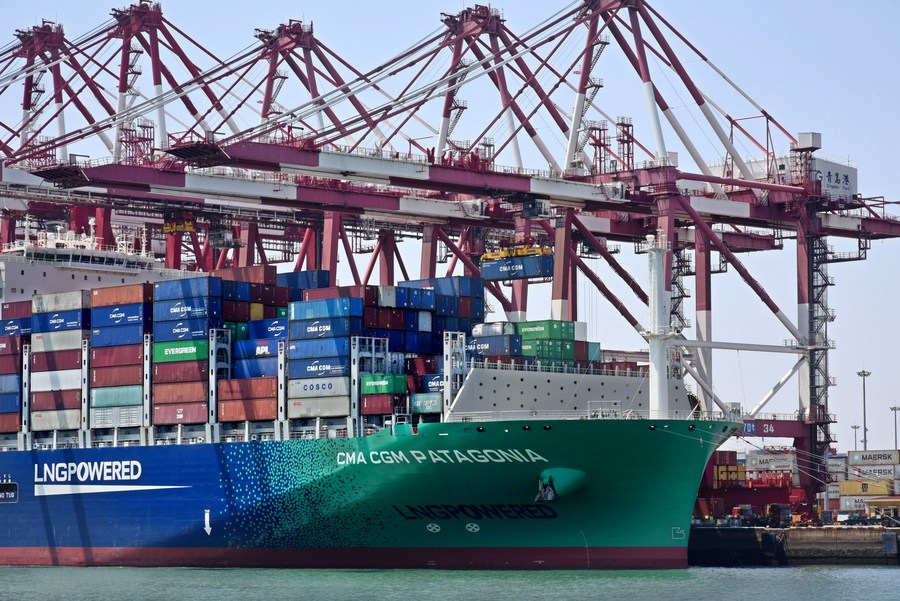
In A Tale of Two Cities, Charles Dickens famously wrote, "It was the best of times, it was the worst of times, it was the age of wisdom, it was the age of foolishness, it was the epoch of belief, it was the epoch of incredulity, it was the season of Light, it was the season of Darkness, it was the spring of hope, it was the winter of despair...."
I quote Dickens in full, as these words aptly sum up the topsy-turvy world that we now find ourselves in.
The world's dominant superpower, the United States, is engaging in mortal combat on all fronts against China as its fixated "near-peer" challenger.
Provocative saber-rattling and "salami slicing" confrontations are quickening over Taiwan, which is part of China. Indiscriminate tariffs remain on affordable imports from China, sacrificing the interests of US consumers. A tightening stranglehold is maintained to deny access to high-end semiconductor chips, despite collateral damage to US enterprises. China is demonized at every turn of American rhetoric, which is oblivious to the reality of 128 out of 190 nations worldwide having China as their largest trading partner.
Thanks to climate change, extreme weather conditions, including unprecedented heat waves, droughts, flash floods and wildfires, are ravaging Europe, Africa and Asia. Many of the world's great rivers, including the Colorado, the Yangtze and the Rhine, are running dry. Water scarcity is compounding food insecurity, fueling border disputes between nations and peoples. According to James Lovelock - the British scientist who described Earth as a self-regulating system-Gaia, or Mother Nature, is exacting revenge against centuries of human ecological follies.
Compounding the ills is the ongoing crisis in Ukraine. Rallying the European Union and NATO countries, the US is engaged in a prolonged proxy war of attrition against Russia, sacrificing Ukrainian blood and cities.
Global collateral damage includes energy shortages, supply chain disruptions, and food and energy price hikes, resulting in runaway inflation.
The United Kingdom, Germany and other European countries are bracing themselves for an unforgiving winter as gas supplies from Russia are dwindling. Newfound European unity is beginning to fray as people in different countries are unhappy with the pain.
In the face of the highest skyrocketing inflation rates in 40 years, the US Federal Reserve has raised interest rates to their highest levels since 1994, threatening economic recessions and stock market doldrums worldwide.
Topping it all is the ongoing COVID-19 pandemic, with its fast-spreading Omicron variants and the pitching of a more relaxed, "co-existent" approach in some Western countries against China's dynamic zero-COVID strategy. Either way, economic growth rates across the globe, including in China, have plummeted. Notwithstanding government relief, many jobs and businesses are lost, and people's belts are tightening.
Yet, despite apocalyptic war, famine, death and pestilence, epochal game changers are afoot, presenting unbound challenges as well as opportunities for China, including the Hong Kong Special Administrative Region.
The following silver linings are instructive.
First, China is a world leader in the Fourth Industrial Revolution of ubiquitous digital connectivity, the internet of things, artificial intelligence, big data, robotics, blockchain, 3D printing, driverless cars, drones and remote conferencing, among others. The revolution is set to stimulate a plethora of new economic activities and higher-skill jobs while displacing some 800 million lower-skill ones, or a third of the workforce in 42 countries, according to consultants McKinsey& Co.
Second, China is spearheading a "green revolution" that is spreading across the globe. It's the world's top electricity producer from renewable energy sources-double the similar output of the second-ranked US. It's the world's largest manufacturer of electric cars and is rapidly expanding fleets of electric public buses. It currently dominates global solar photovoltaic panel supply chains. Under the Paris Agreement on Climate Change, China's goals of reaching carbon emissions peak by 2030 and carbon neutrality by 2060 are within reach.
Third, under its Vision 2035 plan, China will nearly double its state-of-the-art, 36,000-kilometer high-speed rail network, accounting for two-thirds of the global total, to 70,000 km over the next 15 years. This is designed to link up all cities with over half a million people, while an additional 200,000 km of modern railway will connect all towns of 200,000 people and above, however remote. As a result, China's urbanization rate is expected to increase from 60.6 percent in 2019 to 65 percent, doubling China's middle-income group to 800 million by 2035.
Fourth, contrary to some misguided thinking in Western quarters, notwithstanding much lower GDP growth rates in recent years, especially in the wake of the pandemic, China has by no means reached the "peak" of its trajectory, according to a piece on Aug 22 in Foreign Affairs magazine written by Oriana Skylar Mastro and Derek Scissors, senior scholars at the Washington, DC-based American Enterprise Institute. Thanks to the abundance of university graduates in science, technology, engineering and mathematics, strength in robotics and digital automation, and domestic and global connectivity including a digital Silk Road, China is well-placed to overcome graying demographics to realize sufficient productivity gains to become the world's largest economy by 2030 or thereabouts.
Fifth, the epoch of Western global hegemony is coming to an end. According to the Organization for Economic Cooperation and Development, the developing world is set to account for nearly 60 percent of world GDP by 2030.
Sixth, some promising pointers beckon. For example, fierce global competition for talent is in the air. Hong Kong Chief Executive John Lee Ka-chiu has let drop a "scramble" for top talent, while Singapore recently announced flexible long-term work visas to attract more talent.
Furthermore, according to the United Nations, the global population could grow more slowly, from 8 billion in 2022 to 8.5 billion in 2030, 9.7 billion in 2050 and 10.4 billion in 2100. Coupled with economic growth, the developing world is poised for a dramatic rise in middle-income earners, resulting in a huge demand for a whole range of food, beverages, apparel, consumer electronics, healthcare and lifestyle products and services.
In short, given imagination and determined initiatives, China, including the Hong Kong SAR, is well-placed to turn a winter of despair in an upside-down world into a spring of hope and fulfillment in a new era.
The author, an international and independent China strategist, was previously director-general of social welfare and Hong Kong's official chief representative to the United Kingdom, Eastern Europe, Russia, Norway and Switzerland.
















